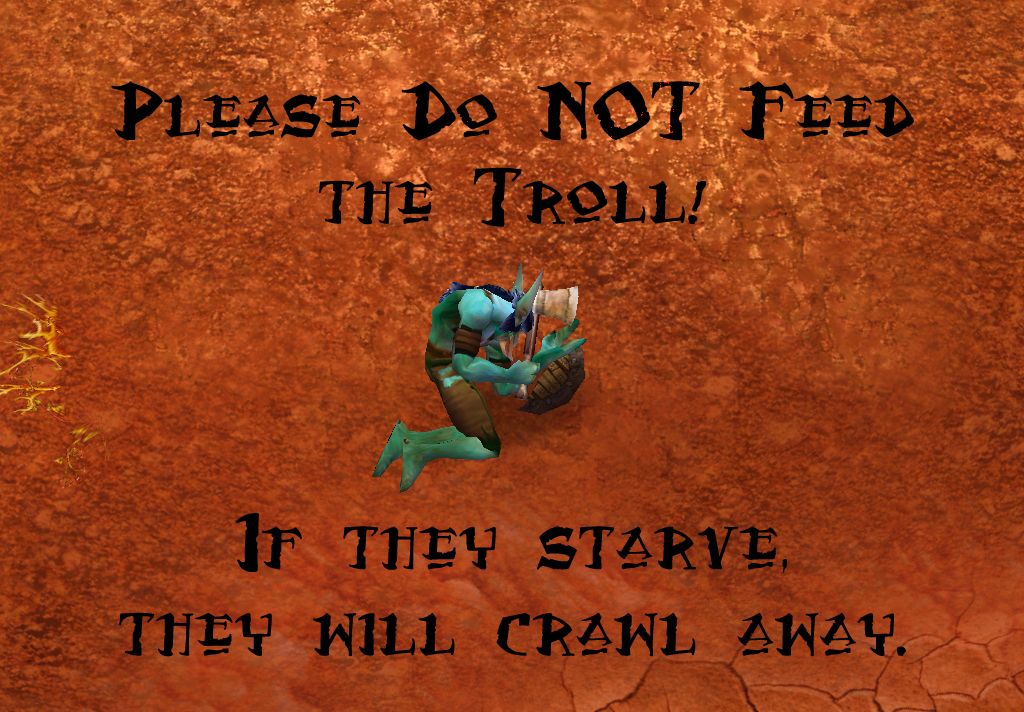G
You are using an out of date browser. It may not display this or other websites correctly.
You should upgrade or use an alternative browser.
You should upgrade or use an alternative browser.
G
Guns Guns Guns
Guest
Unlike astro-turfed Tea Party hate groups...
Greenpeace receives its funding from individual supporters and foundations.
Greenpeace screens all major donations in order to ensure it does not receive unwanted donations.
The organization does not accept money from governments, intergovernmental organizations, political parties or corporations in order to avoid their influence.
Donations from foundations which are funded by political parties or receive most of their funding from governments or intergovernmental organizations are rejected.
Foundation donations are also rejected if the foundations attach unreasonable conditions, restrictions or constraints on Greenpeace activities or if the donation would compromise the independence and aims of Greenpeace.
http://en.wikipedia.org/wiki/Greenpeace
Greenpeace receives its funding from individual supporters and foundations.
Greenpeace screens all major donations in order to ensure it does not receive unwanted donations.
The organization does not accept money from governments, intergovernmental organizations, political parties or corporations in order to avoid their influence.
Donations from foundations which are funded by political parties or receive most of their funding from governments or intergovernmental organizations are rejected.
Foundation donations are also rejected if the foundations attach unreasonable conditions, restrictions or constraints on Greenpeace activities or if the donation would compromise the independence and aims of Greenpeace.
http://en.wikipedia.org/wiki/Greenpeace
Cancel 2018. 3
<-- sched 2, MJ sched 1
G
Guns Guns Guns
Guest
Corporate-funded astro-turfers FAIL:
In September 2003, the Public Interest Watch (PIW) complained to the Internal Revenue Service, claiming that Greenpeace USA tax returns were inaccurate and in violation of the law.
PIW charged that Greenpeace was using non-profit donations for advocacy instead of charity and educational purposes.
PIW asked the IRS to investigate the complaint.
Greenpeace rejected the accusations and challenged PIW to disclose its funders, a request rejected by then-Executive Director of PIW, Mike Hardiman, because PIW does not have 501c3 tax exempt status like Greenpeace does in the U.S.
The IRS conducted an extensive review and concluded in December 2005 that Greenpeace USA continued to qualify for its tax-exempt status.
In March 2006, the Pre-Rupert-Murdoch Wall Street Journal reported that PIW had been funded by ExxonMobil prior to PIW's request to investigate Greenpeace...
http://en.wikipedia.org/wiki/Greenpeace
http://en.wikipedia.org/wiki/Public_Interest_Watch
In September 2003, the Public Interest Watch (PIW) complained to the Internal Revenue Service, claiming that Greenpeace USA tax returns were inaccurate and in violation of the law.
PIW charged that Greenpeace was using non-profit donations for advocacy instead of charity and educational purposes.
PIW asked the IRS to investigate the complaint.
Greenpeace rejected the accusations and challenged PIW to disclose its funders, a request rejected by then-Executive Director of PIW, Mike Hardiman, because PIW does not have 501c3 tax exempt status like Greenpeace does in the U.S.
The IRS conducted an extensive review and concluded in December 2005 that Greenpeace USA continued to qualify for its tax-exempt status.
In March 2006, the Pre-Rupert-Murdoch Wall Street Journal reported that PIW had been funded by ExxonMobil prior to PIW's request to investigate Greenpeace...
http://en.wikipedia.org/wiki/Greenpeace
http://en.wikipedia.org/wiki/Public_Interest_Watch
:lol:
G
Guns Guns Guns
Guest
Amazing.
Teatards (whose "movement" is named for a protest in which property was destroyed) call for an organization to be "dissolved" because a few protesters used strimmers to cut some GM wheat.
The French Secret Service commits a terrorist act and murder, and they are silent.
Teatards (whose "movement" is named for a protest in which property was destroyed) call for an organization to be "dissolved" because a few protesters used strimmers to cut some GM wheat.
The French Secret Service commits a terrorist act and murder, and they are silent.
Cancel 2018. 3
<-- sched 2, MJ sched 1
funny how dune just happens to bump a legion thread 
G
Guns Guns Guns
Guest
The French government?
I thought all real 'Murricuns hated France?
Maybe it's OK for the French to murder people as long as the dead are members of Greenpeace.
I thought all real 'Murricuns hated France?
Maybe it's OK for the French to murder people as long as the dead are members of Greenpeace.
G
Guns Guns Guns
Guest
The sinking of the Rainbow Warrior, codenamed Opération Satanique, was an operation by the "action" branch of the French foreign intelligence services, the Direction Générale de la Sécurité Extérieure (DGSE), carried out on July 10, 1985.

It aimed to sink the flagship of the Greenpeace fleet, the Rainbow Warrior in the port of Auckland, New Zealand, to prevent her from interfering in a nuclear test in Moruroa.
Fernando Pereira, a photographer, drowned on the sinking ship.
Two French agents were arrested by the New Zealand Police on passport fraud and immigration charges.
They were charged with arson, conspiracy to commit arson, willful damage, and murder.
As part of a plea bargain, they pleaded guilty to manslaughter and were sentenced to ten years, of which they served just over two.
The scandal resulted in the resignation of the French Defence Minister Charles Hernu.
http://en.wikipedia.org/wiki/Sinking_of_the_Rainbow_Warrior
And the Teatards are crying over some weed-whacked wheat...
Awesome.
It aimed to sink the flagship of the Greenpeace fleet, the Rainbow Warrior in the port of Auckland, New Zealand, to prevent her from interfering in a nuclear test in Moruroa.
Fernando Pereira, a photographer, drowned on the sinking ship.
Two French agents were arrested by the New Zealand Police on passport fraud and immigration charges.
They were charged with arson, conspiracy to commit arson, willful damage, and murder.
As part of a plea bargain, they pleaded guilty to manslaughter and were sentenced to ten years, of which they served just over two.
The scandal resulted in the resignation of the French Defence Minister Charles Hernu.
http://en.wikipedia.org/wiki/Sinking_of_the_Rainbow_Warrior
And the Teatards are crying over some weed-whacked wheat...
Awesome.

